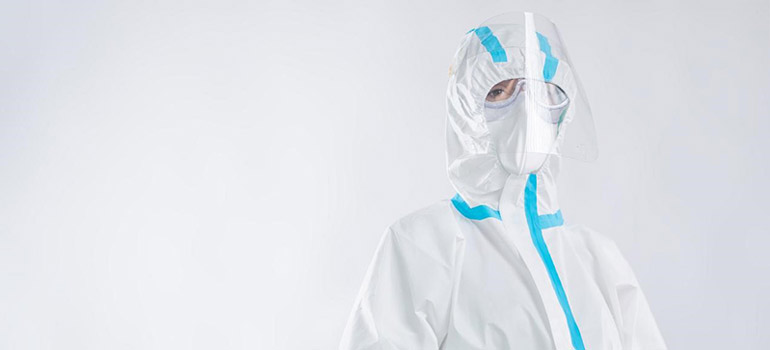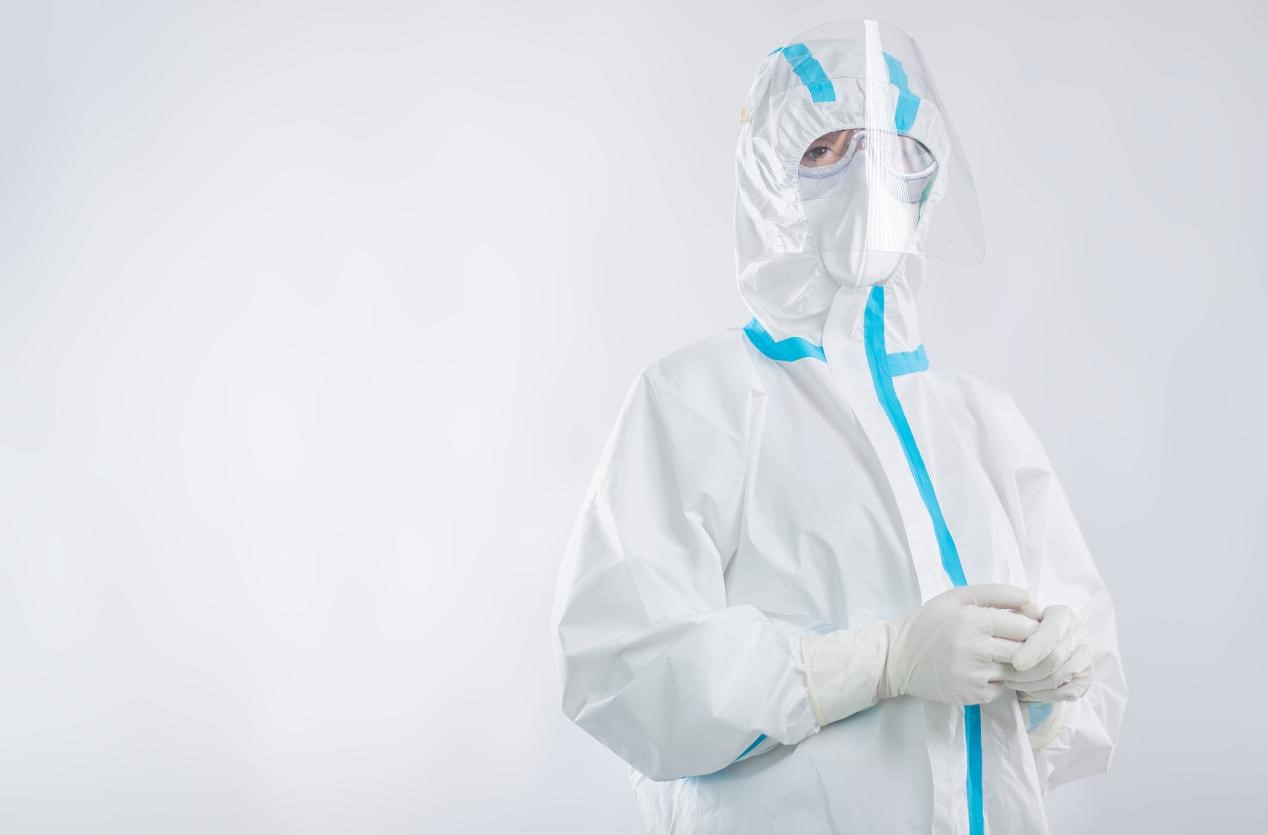
Personal Protective Equipment(PPE) as it is commonly known, has been designed specifically to protect employees in the work environment. Not only is it important to protect employees but also to protect the employer from unwanted legal claims. Furthermore, PPE is often a legal requirement and it is the responsibility of the employer to ensure employees wear protective clothing and observe safety and health regulations. Disposable protective clothing does not eliminate the risks, but is designed reduce accidents and injury by placing a barrier between the hazard and the worker. Every industry and every work environment will present some risks to workers. Most equipment dangers are easy to recognize. Other work and process hazards may be hidden. And some accidents on the job are unavoidable. Freak accidents are simply the risky nature of fast-paced factories, unexpected equipment malfunctions, or an unfortunate case of human error.
What is Protective Clothing?
Protective clothing is any garment designed to increase the health and well-being of the wearer.Common PPE found in the work environment includes items such as safety boots, harnesses, safety goggles to protect the eyes, safety helmets, clothing which is highly visible (neon colors) and gloves to protect the hands. These items are essential to limit the risks of working in hazardous environments, which can easily lead to unnecessary injury when unaware of the dangers involved. Of necessity, many of the materials for these items will also vary dependent on the hazards present in the work environment.heat/fire, or physical.

Fig.1 Pictures of coverall with taped seams
Why is necessary of PPE?
concerning the rate of accidents in the workplace:
1. A worker is injured on the job every 7 seconds - that's over 12,500 injuries per day!
2. Over one million production days were lost to work-related injuries in 2017.
3. 26% of injuries were caused equipment struck-by or caught-in accidents.
4. 25,8% of all injuries were slip, trip, or fall accidents (including falls to a lower level)
5. Service industries, manufacturing, and construction are in the top 5 accident-prone jobs
Employee injury can be avoided in the workplace when the right protective clothing is assigned to workers that face hazards. These include possible contact with chemical solutions, biological hazards during clean-up operations, physical hazards from the moving parts of equipment, and fire hazards for employees that work around combustible materials.
